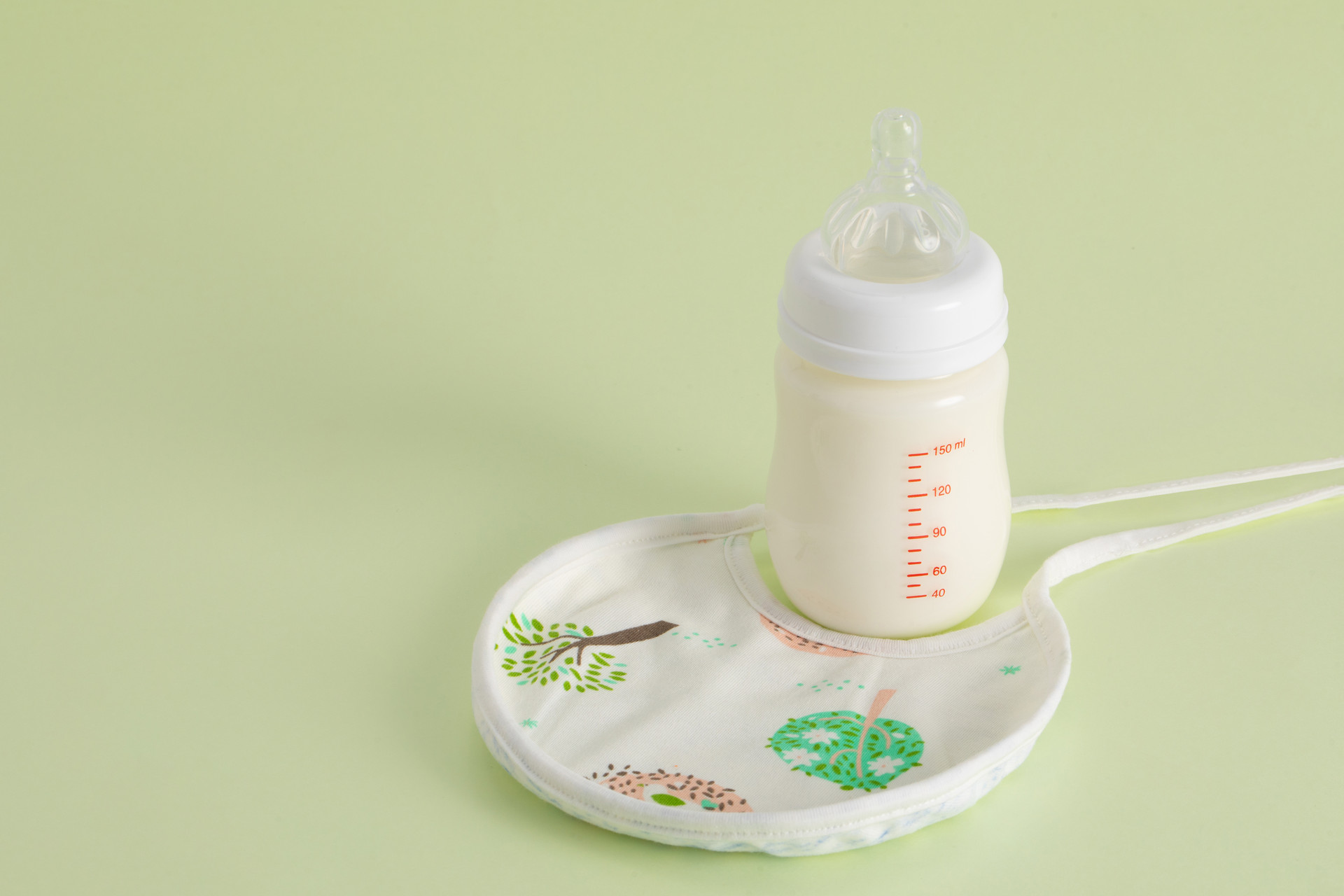Babies generally start adding complementary foods at 4-6 months old. However, due to individual differences and variations in growth and development, the timing of introducing complementary foods cannot be generalized. How to determine the best period?
If complementary foods are added too early, it may cause allergies and diarrhea. Surveys have shown that some babies in rural areas start eating rice porridge at 4 months or even less, resulting in a high incidence of diarrhea and digestive tract infections. In addition, if complementary foods are added too early, the absorption of breast milk will decrease relatively, and breast milk is the best source of nutrition for babies. Therefore, the replacement may not be worth it.
The risk of adding complementary foods too late is that babies cannot obtain sufficient nutrients in a timely manner. For example, breast milk contains very little iron, so if complementary foods are not added after 6 months, the baby may develop iron-deficiency anemia. Internationally, it is generally believed that complementary foods should not be added later than 8 months. In addition, around 6 months, babies enter a period of taste sensitivity, and early introduction of complementary foods allows them to be exposed to a variety of textures and flavors, which helps prevent picky eating in the future. So, when is the best time to introduce complementary foods to babies?
After 6 months, the amount of breast milk produced by mothers gradually decreases, and the baby's appetite has started to increase. At this point, breast milk alone is no longer sufficient to meet the baby's nutritional needs.
For babies aged 6-12 months, it is a critical period for the development of chewing and swallowing skills. For babies, the ability to chew and swallow needs to be learned. If they don't practice, they may refuse to try after 1 year old, and even if they are willing to eat, they may vomit immediately, causing difficulties in feeding.
Complementary foods can provide a more diverse and complete range of nutrients, including calories, iron, vitamins, and even trace elements such as zinc and copper. By gradually introducing different types of complementary foods, babies can develop a taste for variety and avoid picky eating in the future.
When babies are 4-6 months old, their intestines start to secrete starch enzymes and various digestive enzymes, indicating that their digestive and absorptive functions are gradually maturing. This is the time to start practicing eating complementary foods to enhance gastrointestinal function. At the same time, the baby's nutrition needs to be sufficient in order to grow stronger.











